Cpanel
10 Factory Reset Cmd Tips: Ultimate Troubleshooting Guide

Introduction to Factory Reset Cmd Tips
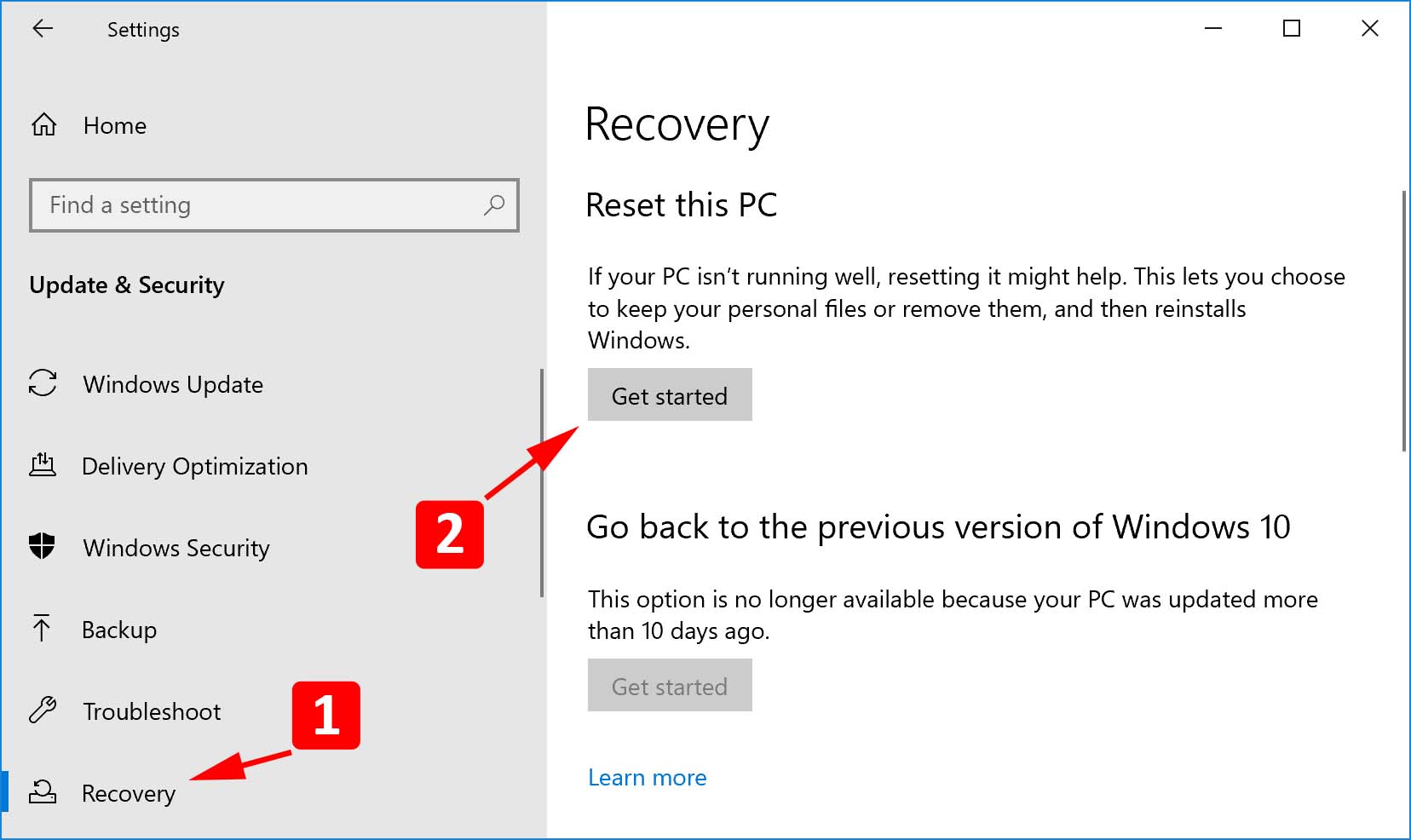
When dealing with computer issues, troubleshooting can be a daunting task, especially for those who are not tech-savvy. One of the most effective ways to resolve problems is by using the Command Prompt (Cmd). In this guide, we will explore the ultimate troubleshooting guide using factory reset Cmd tips. These tips will help you troubleshoot and potentially fix various issues on your computer.
Understanding Factory Reset
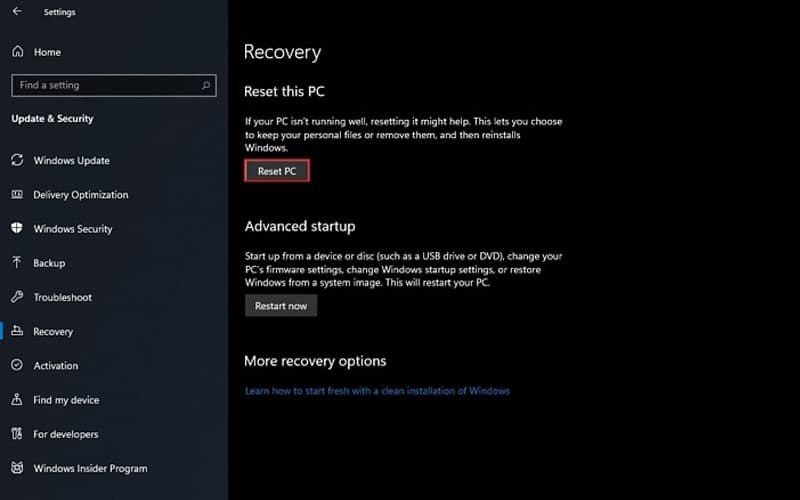
Before diving into the tips, it’s essential to understand what a factory reset is. A factory reset, also known as a master reset, is a process that restores your computer to its original settings, removing all installed software, drivers, and personal data. This process can be useful when dealing with malware, corrupted files, or system crashes.
Factory Reset Cmd Tips

Here are 10 factory reset Cmd tips to help you troubleshoot and potentially fix various issues on your computer: * Tip 1: Accessing the Command Prompt - To access the Command Prompt, press the Windows key + R and type
cmd in the Run dialog box.
* Tip 2: Checking for Corrupted Files - Use the sfc /scannow command to scan for corrupted files and replace them with healthy ones.
* Tip 3: Running a System File Checker - Use the DISM /Online /Cleanup-Image /RestoreHealth command to repair corrupted system files.
* Tip 4: Resetting the Windows Update Component - Use the net stop wuauserv and net start wuauserv commands to reset the Windows Update component.
* Tip 5: Fixing Boot Issues - Use the bootrec /fixboot and bootrec /fixmbr commands to fix boot issues.
* Tip 6: Running a Memory Check - Use the mdsched command to run a memory check and diagnose any issues.
* Tip 7: Checking for Malware - Use the msconfig command to check for malware and disable any suspicious programs.
* Tip 8: Resetting the Network Settings - Use the netsh int ip reset command to reset the network settings.
* Tip 9: Running a System Restore - Use the rstrui command to run a system restore and revert to a previous state.
* Tip 10: Performing a Factory Reset - Use the systemreset command to perform a factory reset and restore your computer to its original settings.
📝 Note: Before performing a factory reset, make sure to back up your personal data, as this process will remove all files and settings.
Troubleshooting Common Issues
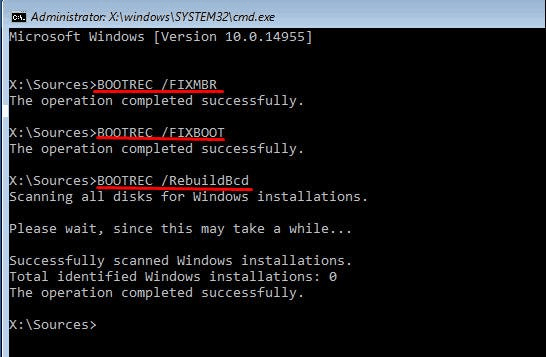
Here are some common issues that can be resolved using the factory reset Cmd tips:
| Issue | Solution |
|---|---|
| Computer is slow | Run a disk cleanup, check for malware, and disable unnecessary programs |
| Computer is crashing | Run a system file checker, check for corrupted files, and update drivers |
| Computer is infected with malware | Run a virus scan, check for malware, and reset the Windows Update component |

Conclusion and Final Thoughts

In conclusion, the factory reset Cmd tips provided in this guide can help you troubleshoot and potentially fix various issues on your computer. Remember to always back up your personal data before performing a factory reset, and use the Command Prompt with caution. By following these tips, you can resolve common issues and keep your computer running smoothly.
What is a factory reset, and what does it do?
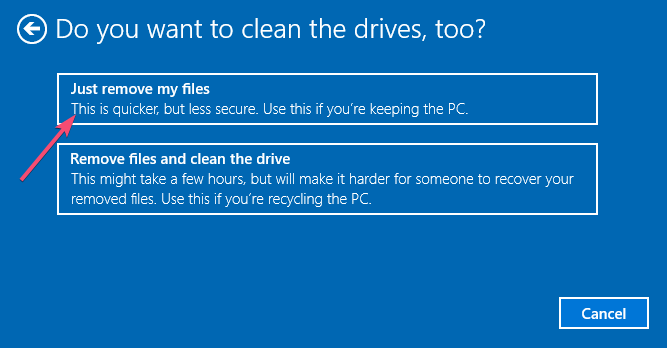
+
A factory reset, also known as a master reset, is a process that restores your computer to its original settings, removing all installed software, drivers, and personal data.
How do I access the Command Prompt?
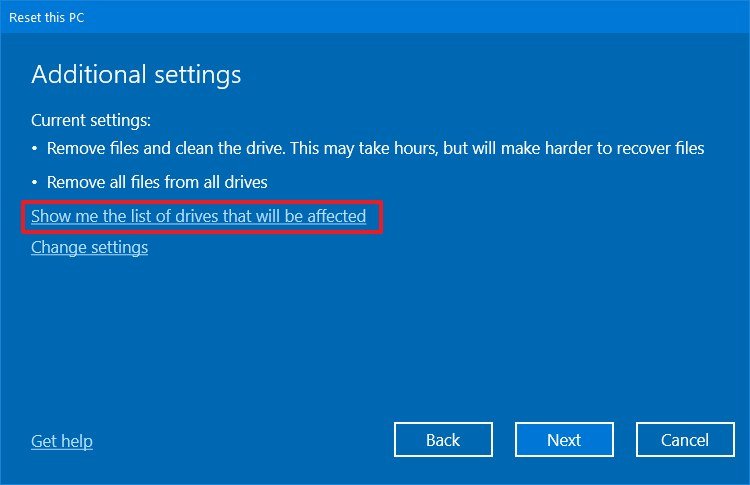
+
To access the Command Prompt, press the Windows key + R and type cmd in the Run dialog box.
What are some common issues that can be resolved using factory reset Cmd tips?

+
Common issues that can be resolved using factory reset Cmd tips include computer slowdowns, system crashes, and malware infections.



